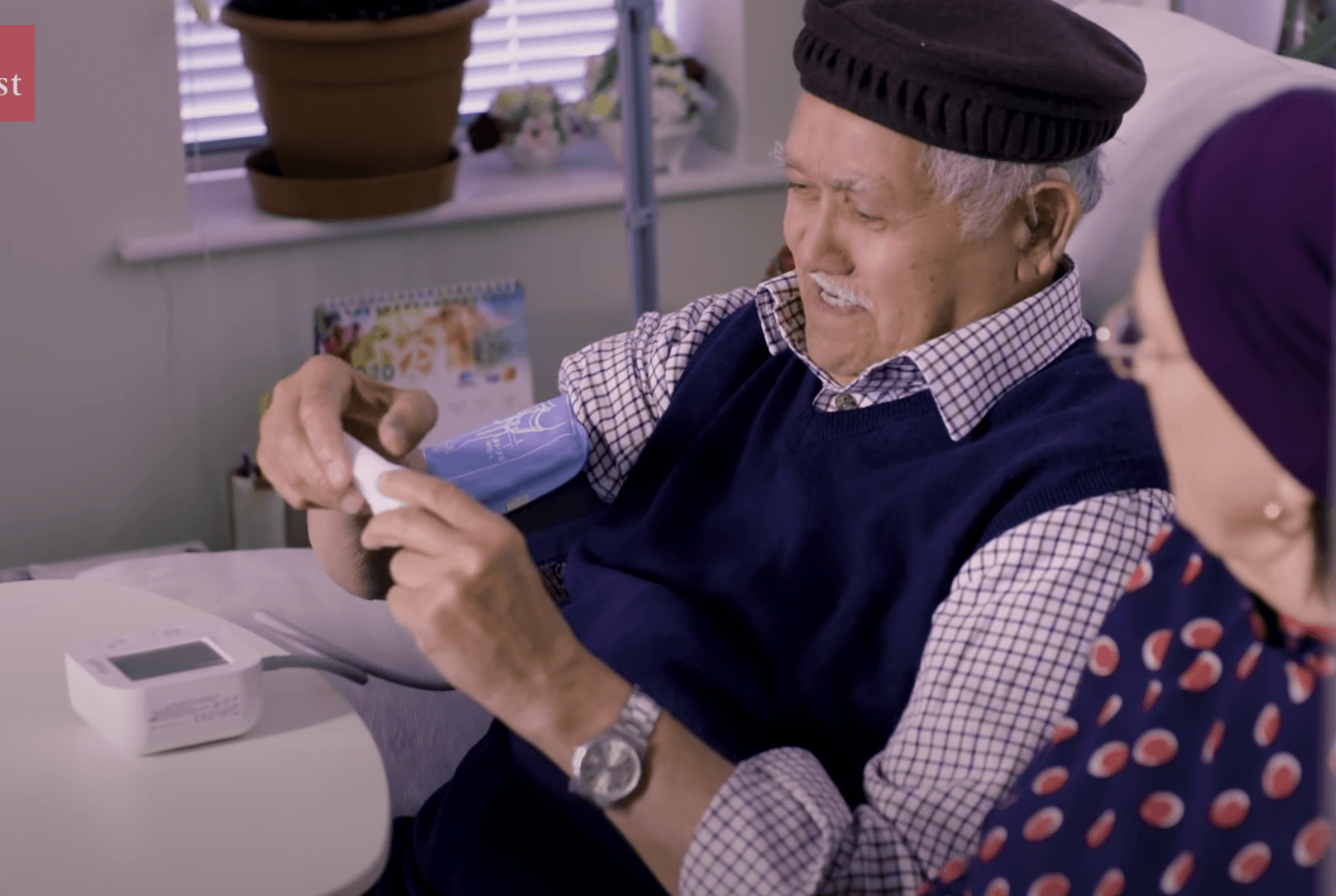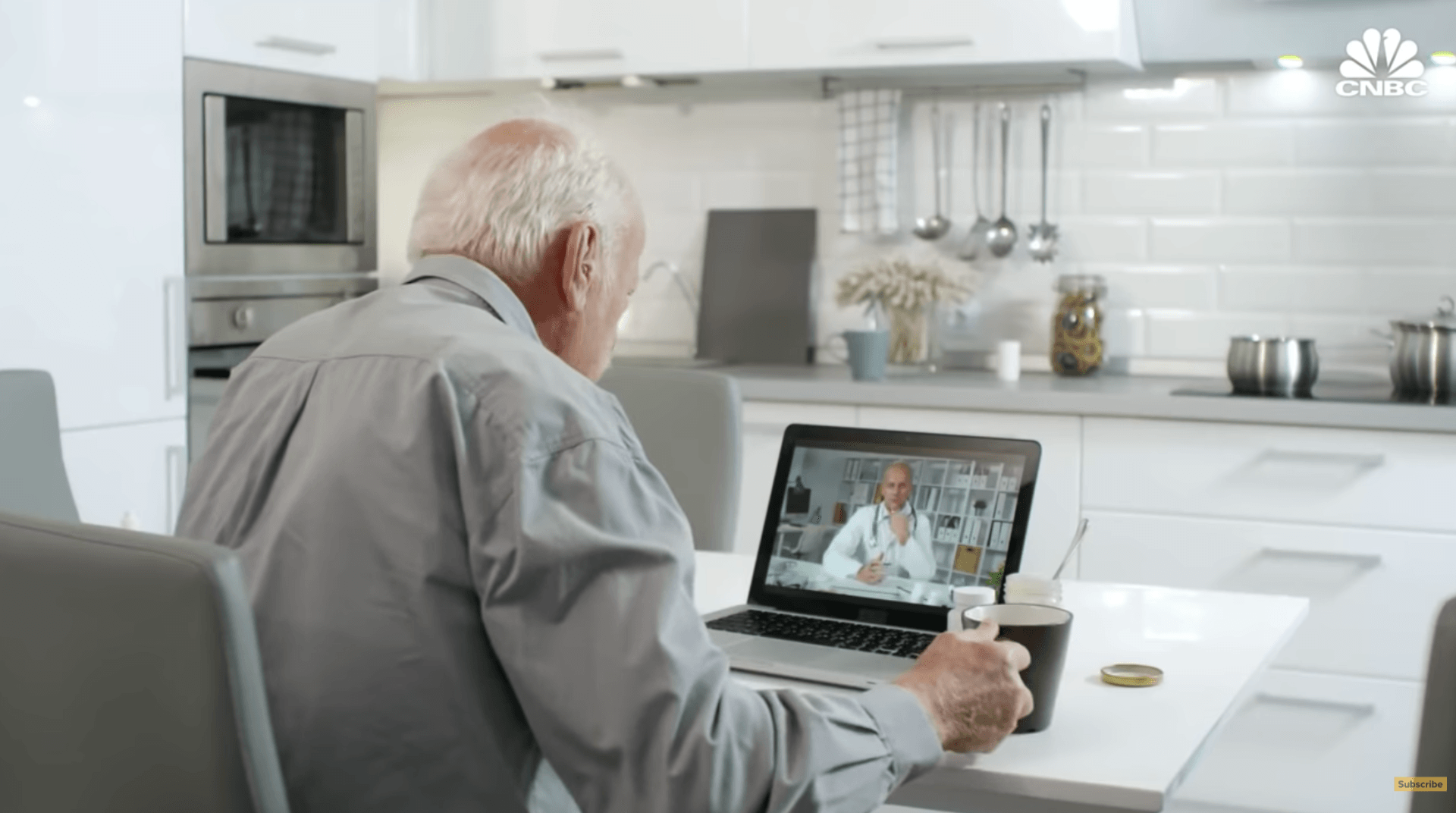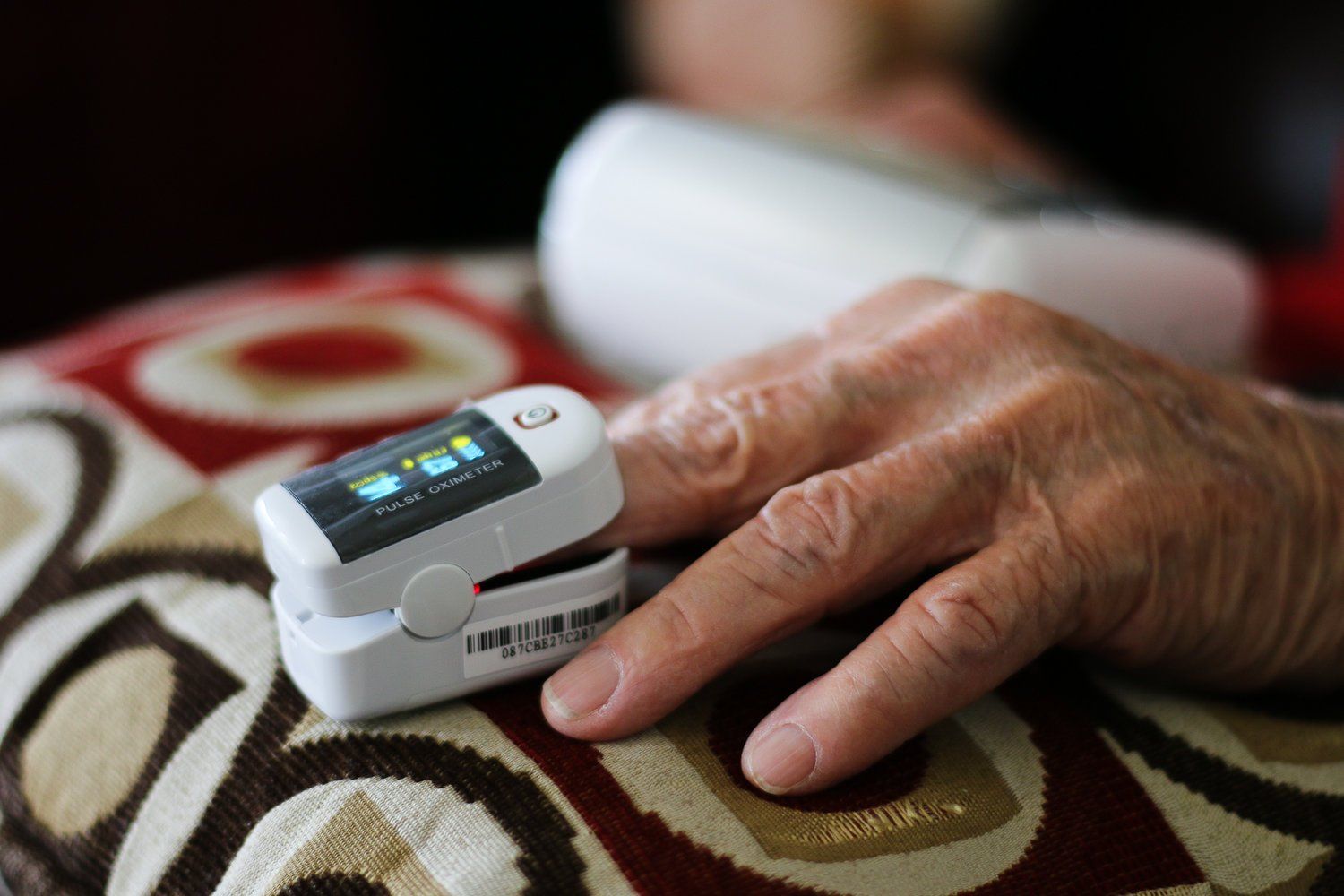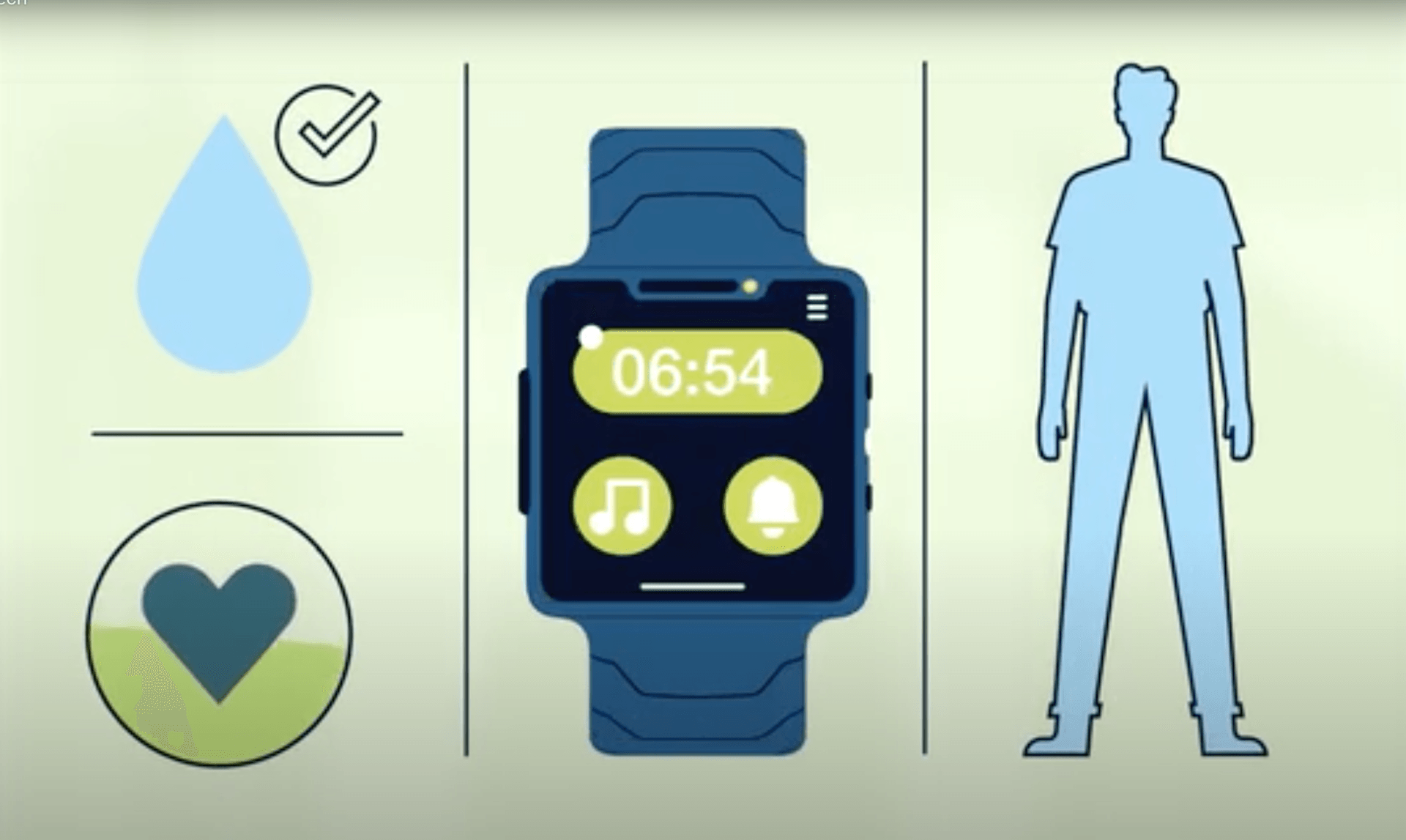Top 5 Reasons Why Telemedicine Is Here To Stay
Joe Jarpaz - Forbes • May 8, 2020
Top 5 Reasons Why Telemedicine Is Here To Stay

Telehealth. It’s no longer just a nice-to-have, but instead a must-have for patients and healthcare professionals alike during these uncertain times the COVID-19 pandemic has brought about. While we all wish that it hadn’t taken a pandemic to propel telehealth forward, for better or for worse, it has. The spotlight is now on telehealth in a big way, and for good reason.
Based on a survey by Sage Growth Partner (SGP) and Black Book Market Research, 25% of consumer respondents had used telehealth prior to the current COVID-19 pandemic. Fifty-nine percent reported they are more likely to use telehealth services now than previously, and 33% would even leave their current physician for a provider who offered telehealth access.
According to a report by Global Market Insights, the telemedicine market is set to be valued at $175.5B by 2026. These numbers certainly indicate the need for telehealth now and in the future.
Lisa Mazur, partner at McDermott Will & Emery specializing in the digital healthcare space, stated, “Telehealth was already experiencing significant momentum and growth prior to this public health emergency, and its continued trajectory has been solidified by the vital role it is playing in care delivery today.”
Here are five reasons why I believe telehealth is here to stay.
1. Telehealth Adoption And Readiness To Embrace Technology
2. Lowered Regulatory Barriers (At Least For Now)
3. Improved Financial Impact And Reimbursements
4. Video Telehealth Is Great But It Could (And Will) Be Even Better
5. Untapped Potential: Looking Towards The Future Of Telehealth

The weakness of the present healthcare system revealed by the Covid-19 crisis, along with the rise in chronic diseases associated with lifestyle changes and a rapidly aging population worldwide will shape the future of healthcare. Next-Generation Research Analyst Dr. Damien Ng took a close look at recent developments in digital healthcare, genomics, and extended longevity.

The COVID-19 pandemic has affected many elderly from receiving proper care. It has further highlighted problems faced by the elderly with dementia and chronic diseases
In this video presented by The Economist, watch how COVID-19 pandemic has impacted the elderly and how we can strive to improve the efficiency for elderly and chronic care with the rise of remote patient monitoring technology.

Improvements in technology and changes to insurance reimbursement rulings have helped increase the acceptance of telemedicine. Without it, doctors and therapists wouldn’t be able to connect with patients as easily, especially during the pandemic.
As telemedicine has become widespread, professionals and patients have grown more comfortable connecting virtually. Telemedicine isn’t meant to take the place of face-to-face visits. While it does have some disadvantages, which we’ll get into later, its benefits are undeniable.

Telemedicine termed a 'silver lining' of the coronavirus pandemic. This time, it might just be true.
Telehealth use surged from 8% of Americans in December to 29% in May as primary care, mental health and specialists turned to remote care out of necessity during the COVID-19 pandemic, according to a UnitedHealth Group report.













